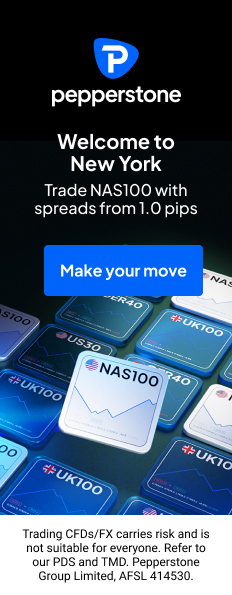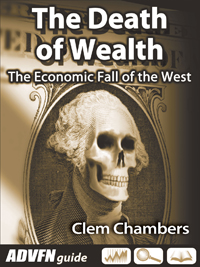I’m going to continue the Warren Buffett story, focusing on his investment deals and principles, in the next few Newsletters (new subscribers might like to read the story from the beginning by using the search button – there are 40 or so posts).

We have got to the point where Buffett has closed the Buffett Partnership and now has about $25m of investments in his and his wife, Susan, name. The year is 1970.
He holds 29% of the shares of Berkshire Hathaway, worth about $12m at the beginning of 1970. He also holds 40% of Diversified Retail which has 80 shops selling women’s and children’s apparel. These shares are worth in the region of $5m.
A third big chunk of his money is placed in Blue Chip Stamps, accounting for a double digit (in the teens) percentage of that company’s shares. The underlying company was struggling as the fad for retail stamps started to dissipate, but it had a terrific balance sheet.
Despite none of these percentages being large enough to give “majority control”, i.e. over 50%, they were quite adequate for Buffett to take charge.
In the case of Berkshire, Buffett had been the boss for several years. The incumbent is always in a powerful position, and besides he had the support of a lot of other shareholders, not least those people who were once Buffett partners, now direct shareholders in Berkshire.
With Diversified Retail he controlled the board, and certainly had the support of Charlie Munger and Sandy Gottesman, who each had votes over 10% of the shares.
In California, at Blue Chip Stamps, Warren and Charlie had come to dominate the board of directors and were both on the crucial “Investment Committee”.
What will he do for the next two years?
There are two, perhaps opposing, forces on the 39-year old Buffett at the start of this new phase in his life. First, the operating companies were (generally) throwing-off cash. In 1970 this was about $5m post-tax, split between roughly $4m coming from BH, and $1m from DR, but by 1972 the operating earnings of BH alone were $11.1m.
Second, Buffett could not invest much of the money in shares because he could not find many bargains.
Let’s look at the hand he had to play with:
He had excellent people looking after his businesses who understood his requirement to generate satisfactory rates of return on each additional dollar invested; if the next dollar could not get sufficient return in that business, then hand it over for Warren to invest elsewhere.
•Jack Ringwalt, 66, was doing a great job at National indemnity, generating double digit percentage returns and growing the profitable underwriting business for BH. Reinsurance had grown to be a substantial business by 1972. Small insurance companies were acquired.
•Eugene Abegg, 73, at Illinois National Bank really knew how to produce return on capital for BH.
•Ken Chace, 55, was overseeing the survival of the Berkshire Hathaway textile business and cutting down on the capital used, so that it shrank to under one-fifth of BH’s net assets.
•Ben Rosner, 70, at Diversified Retail’s Associated Retail Stores, was getting over 20% return on net tangible assets.
•Omaha Sun and Blacker Printing (at BH) were also in the mix, but were pretty insignificant.
(Note the value he placed on experience and character of his key person in each business, rather than youthful energy.)
As well as the operating business cash surplus, Buffett could look to the “floats” he controlled:
•The insurance float was about $39m in 1970 but $69.5m……………………….To read the rest of this article, and more like it, subscribe to my premium newsletter Deep Value Shares – click here http://newsletters.advfn.com/deepvalueshares/subscribe-1


 Hot Features
Hot Features













